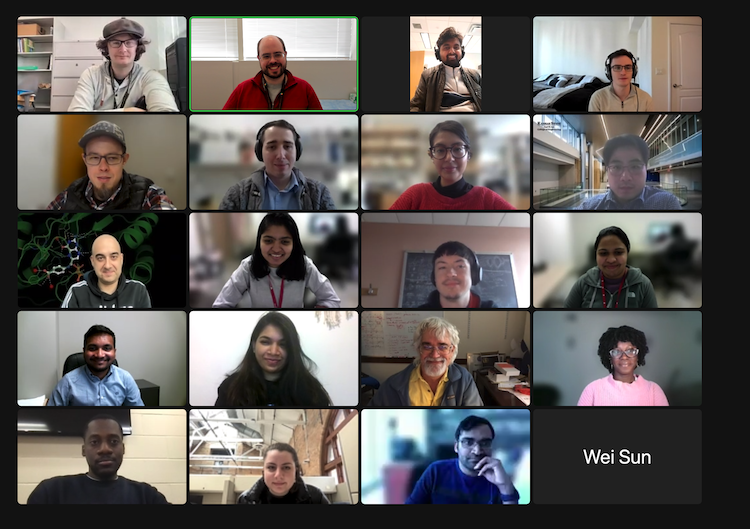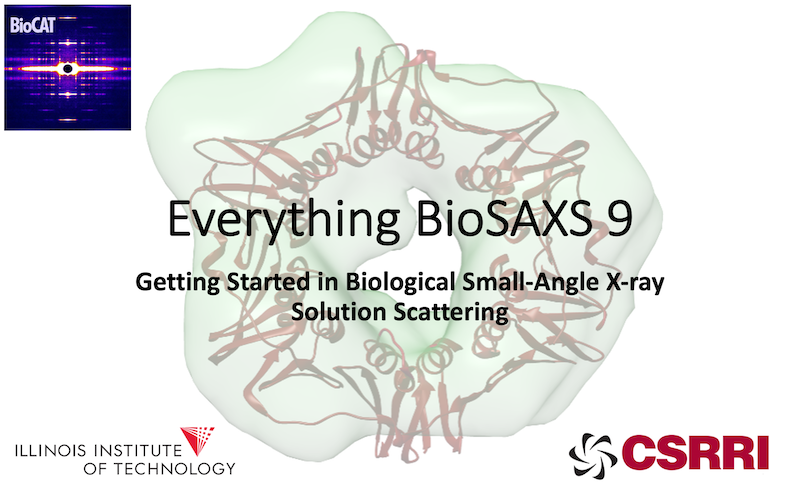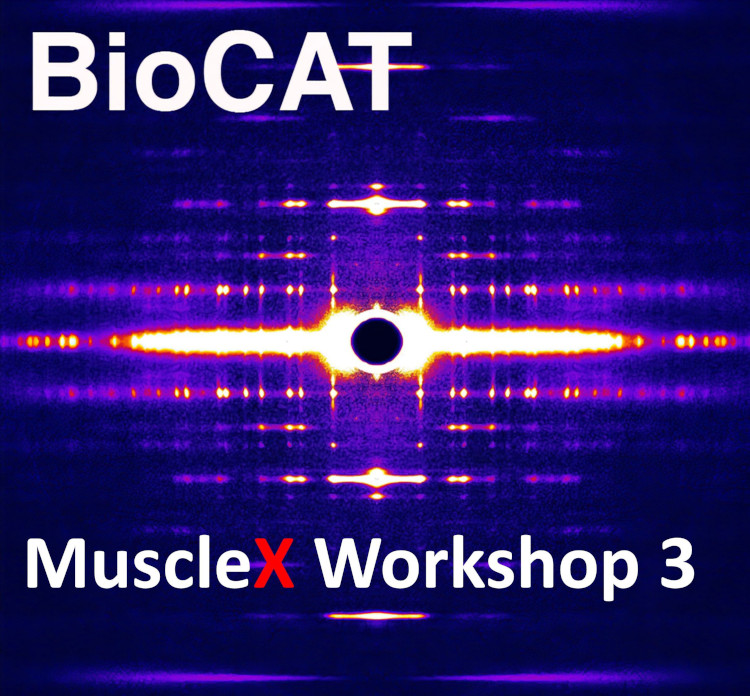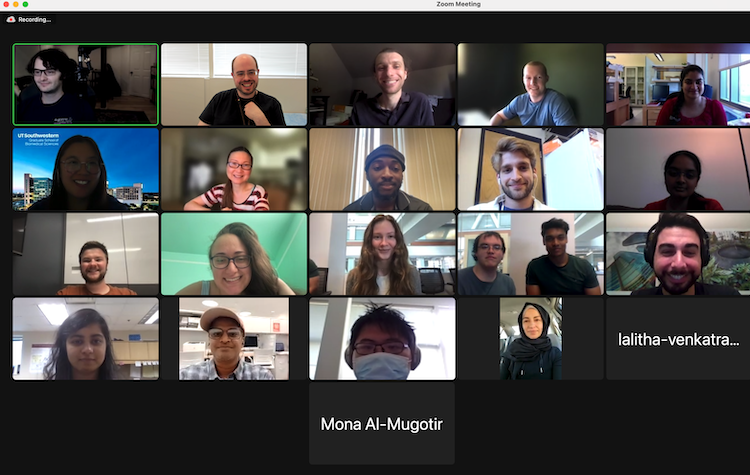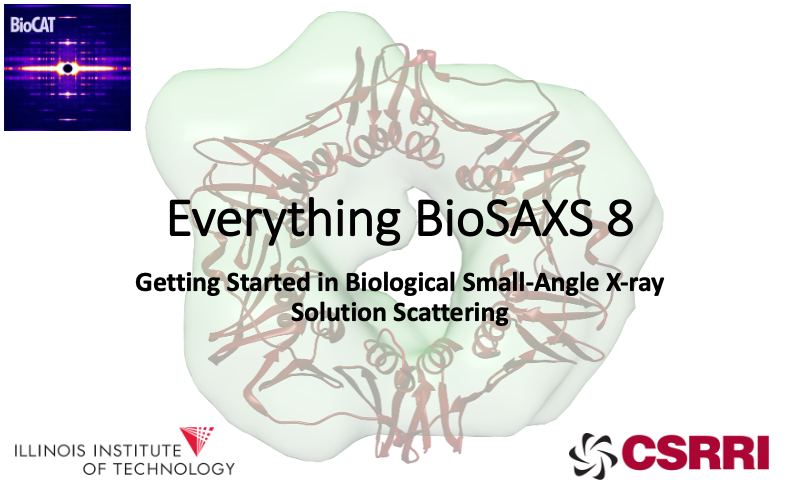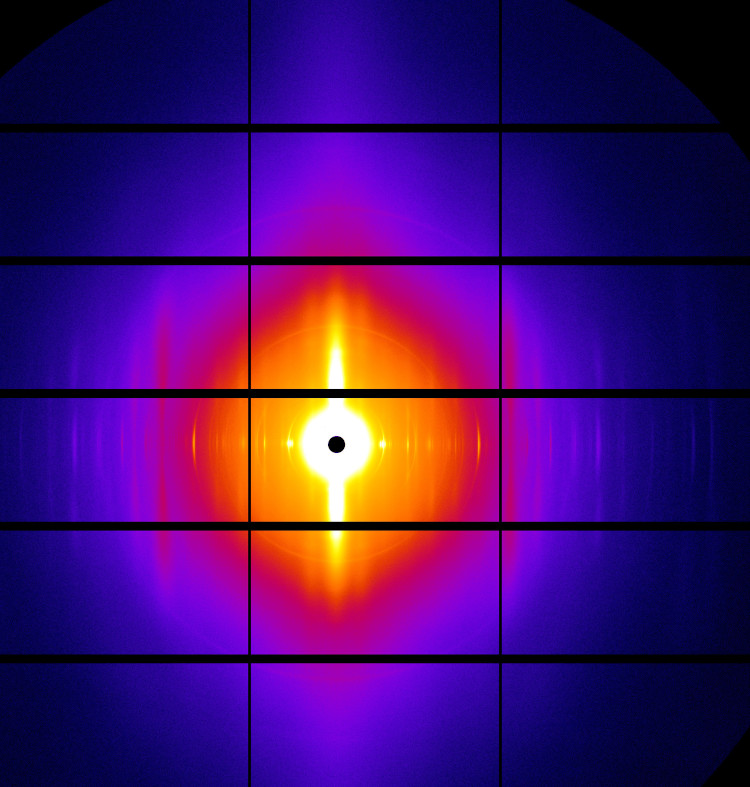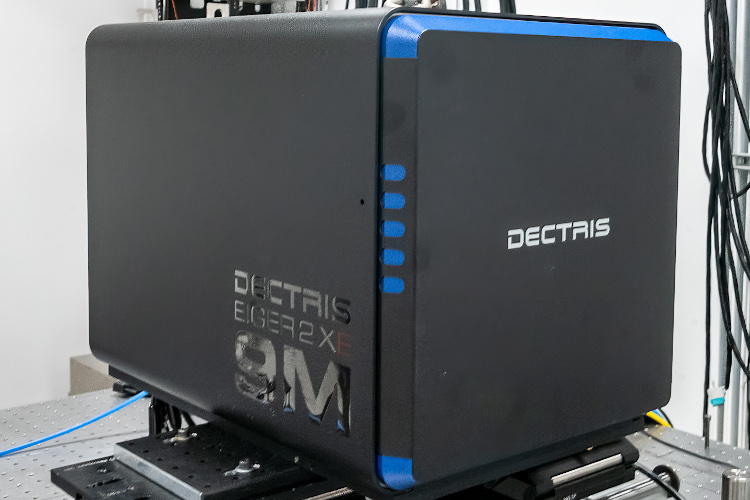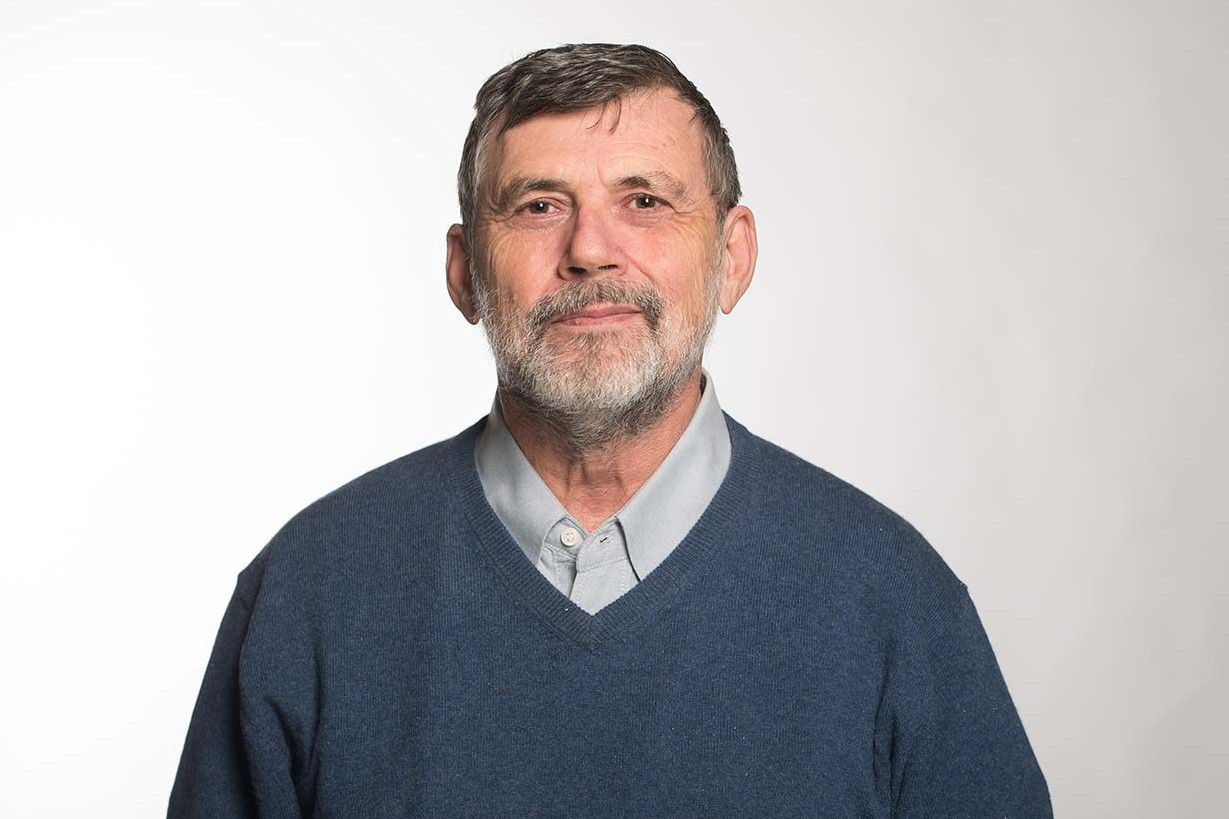
BioCAT director and Illinois Institute of Technology biology and physics
professor Thomas C. Irving has been named a fellow of the American Association
for the Advancement of Science. Irving is being honored for “distinguished
contributions to the field of muscle diffraction and enabling the fields of
synchrotron fiber diffraction and biological small angle scattering.” He is
among the 564 scientists, engineers, and innovators spanning 24 scientific
disciplines being recognized for their scientifically and socially distinguished
achievements in this year’s AAAS fellows class.
AAAS is the world’s largest general scientific society, and publisher of the
Science family of journals. Fellows are nominated each year by current AAAS
fellows and steering groups of the association’s 24 sections representing each
scientific discipline.
“It’s gratifying,” Irving says of being named an AAAS fellow, which is a
lifetime designation. “It acknowledges all the work I’ve done over the years,
and it feels good to be recognized by my peers.”
Over the course of his career, Irving has become an international leader in the
use of small-angle X-ray diffraction, which allows scientists to study
molecular-level information in tissue to further understand illnesses such as
heart disease, cancer, and neurodegenerative diseases including …
more ...
